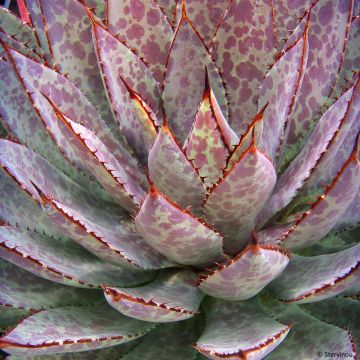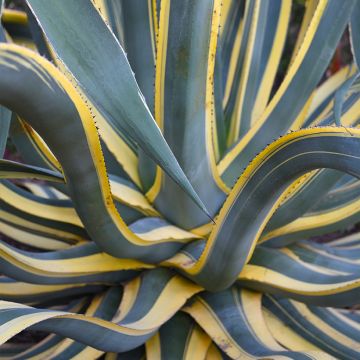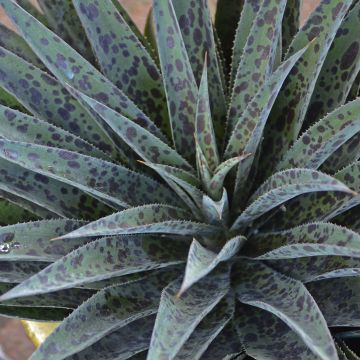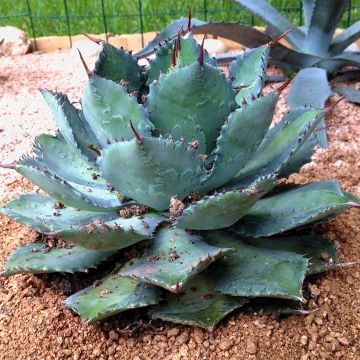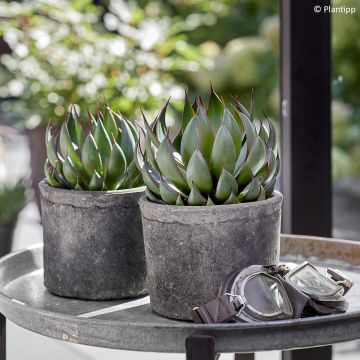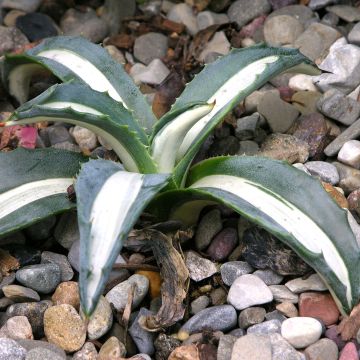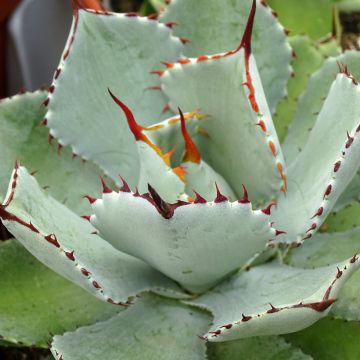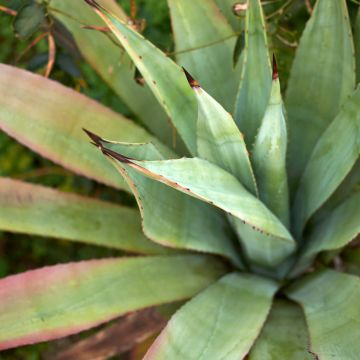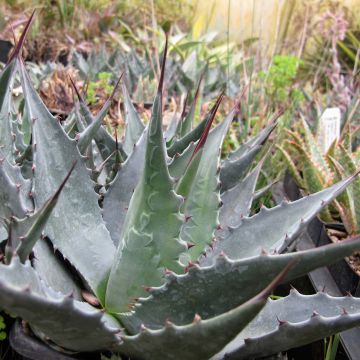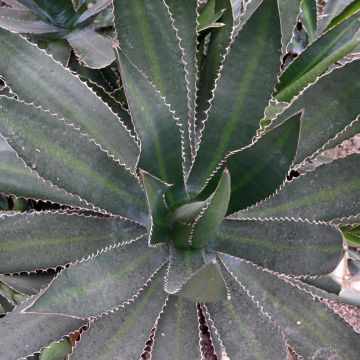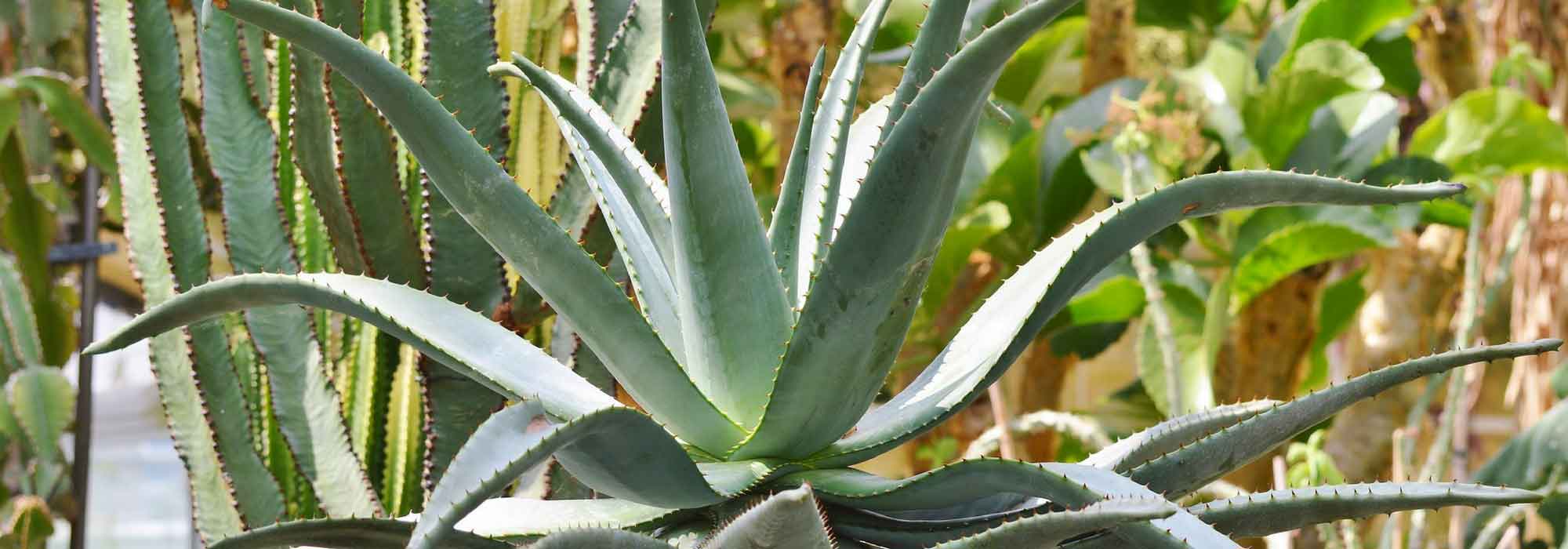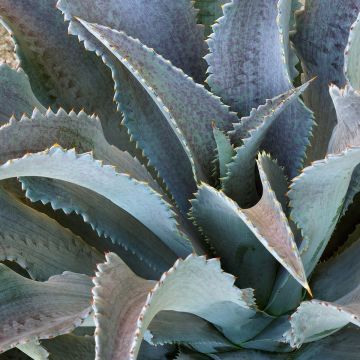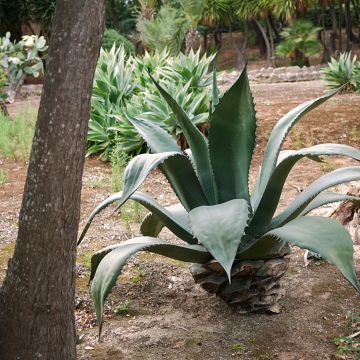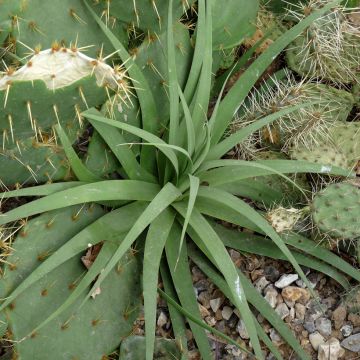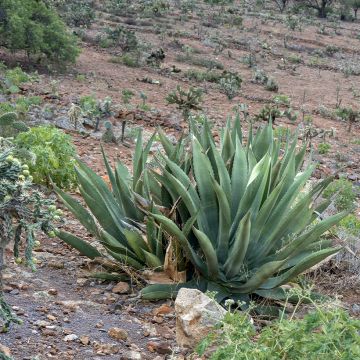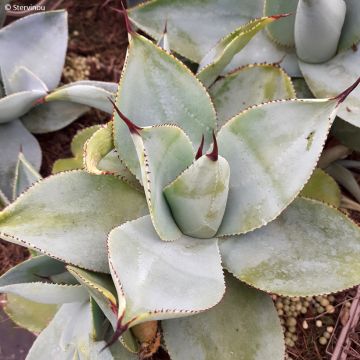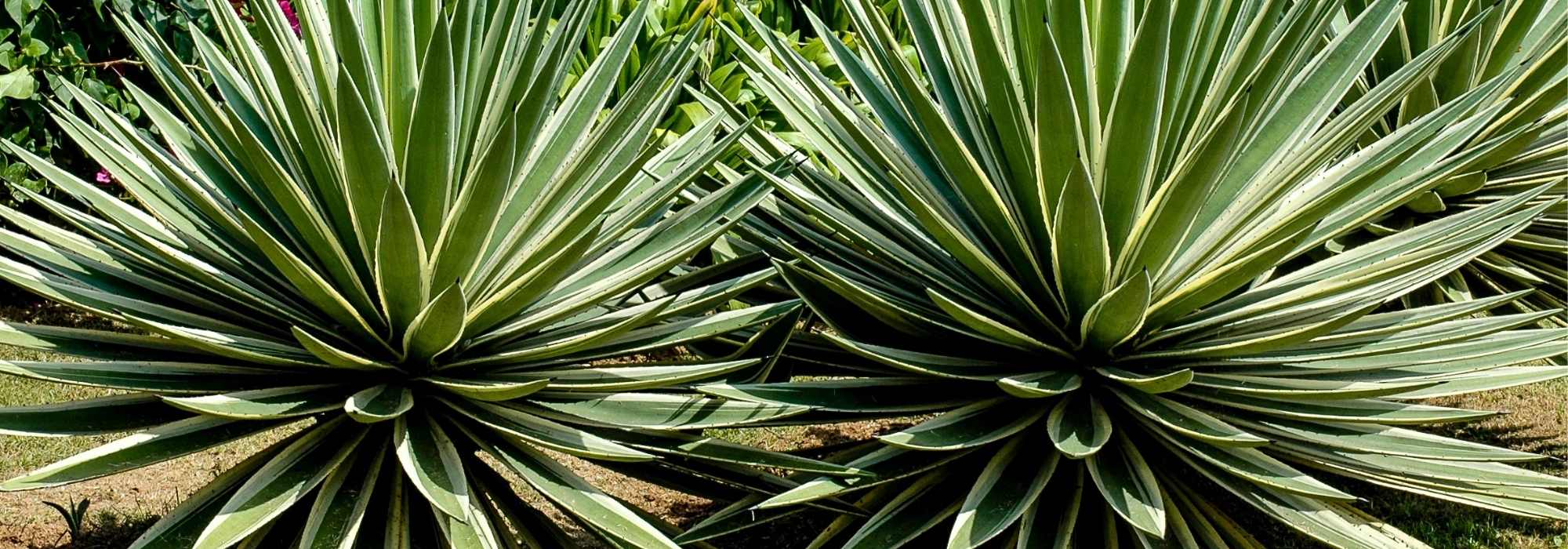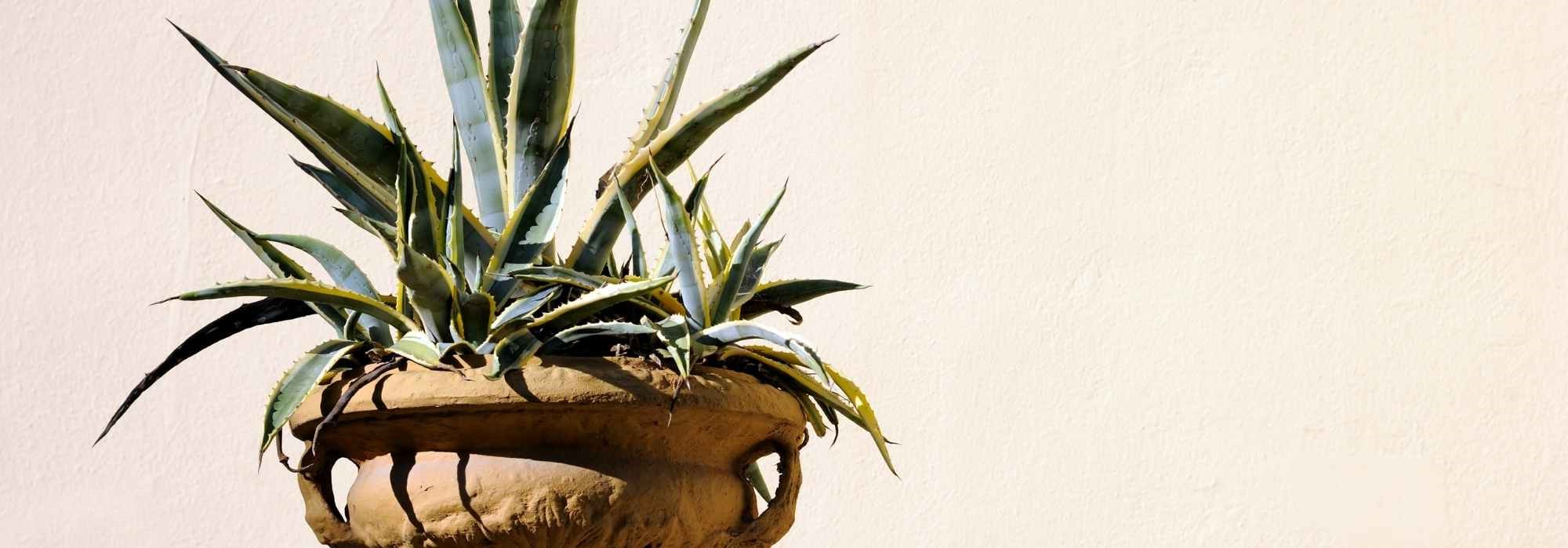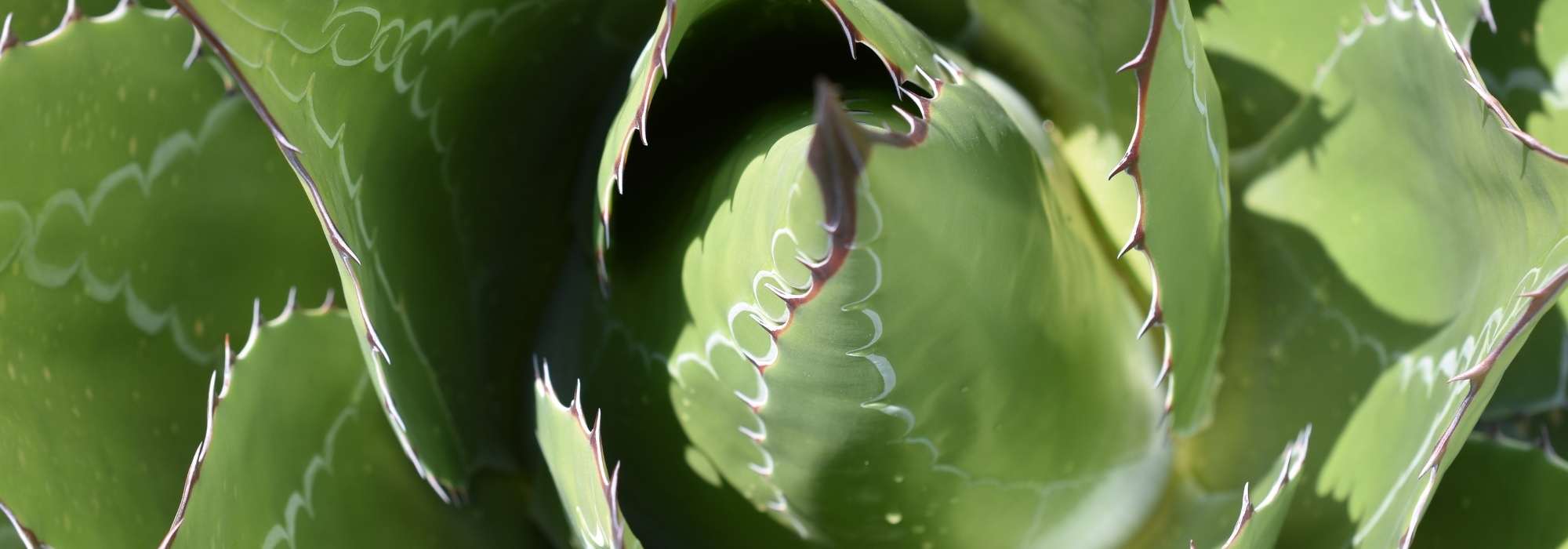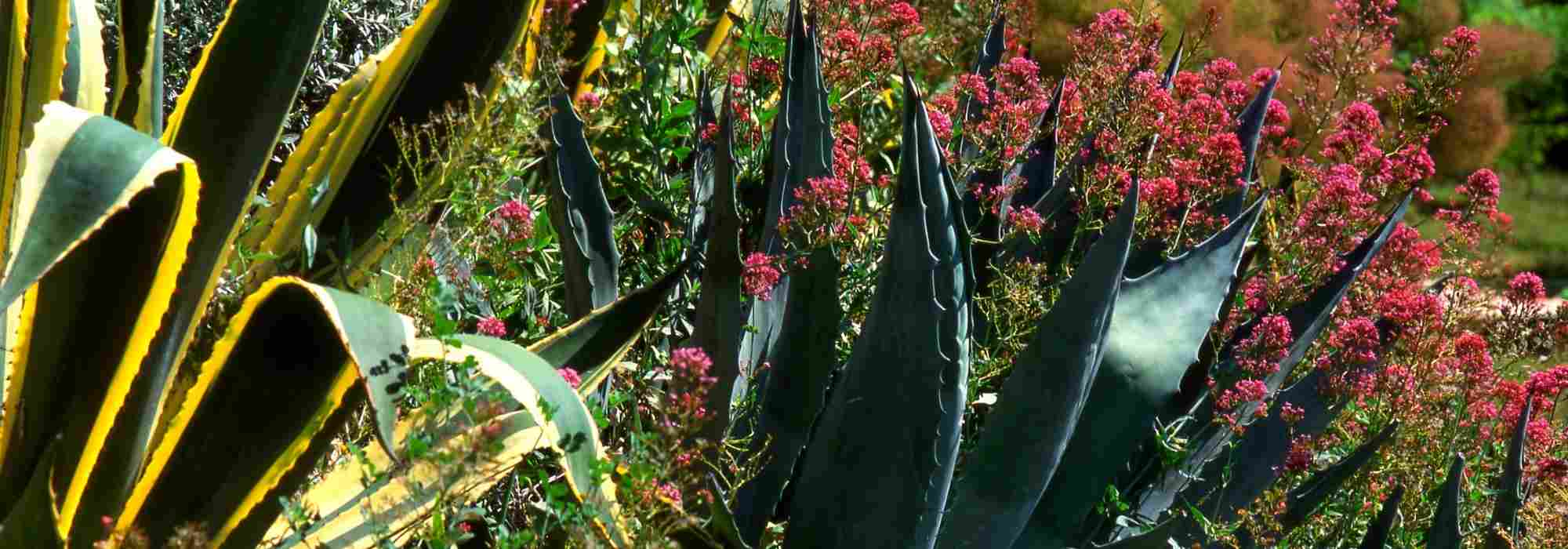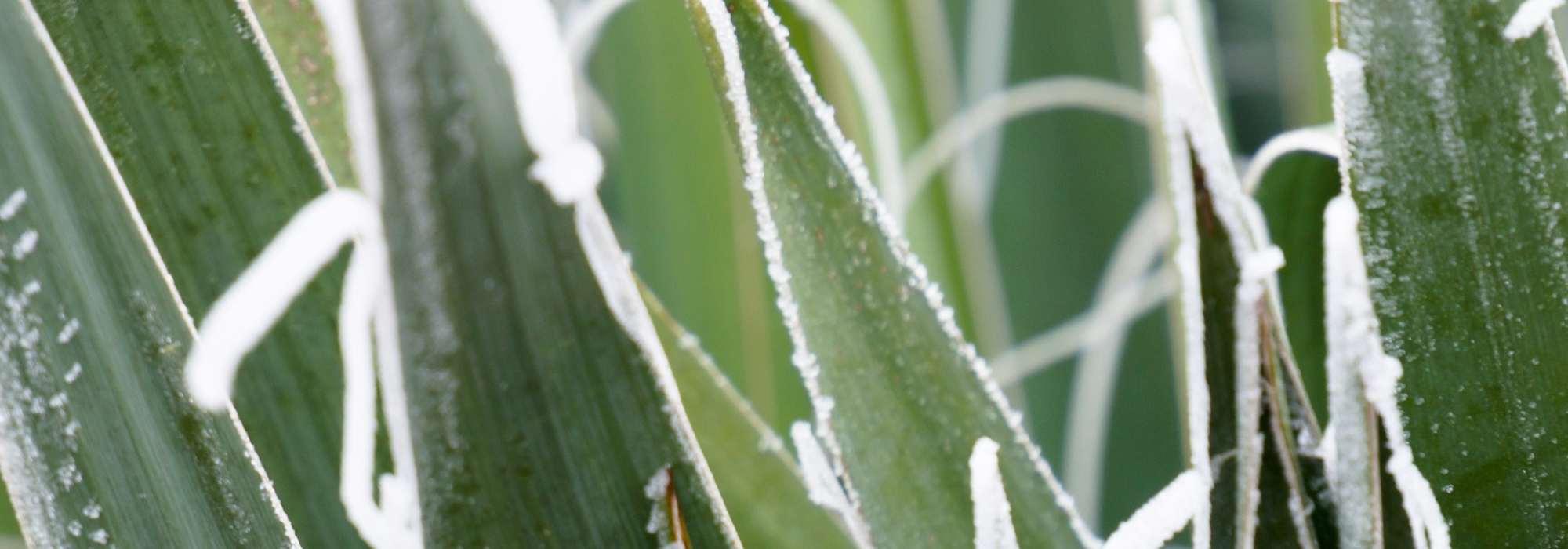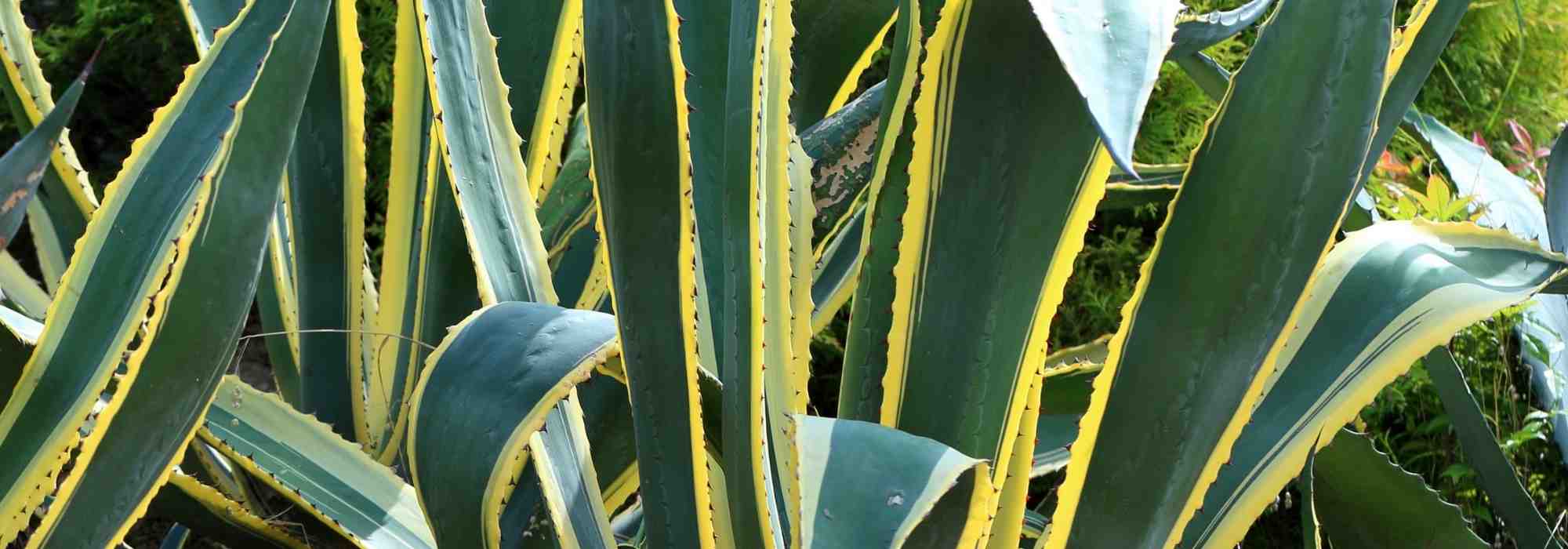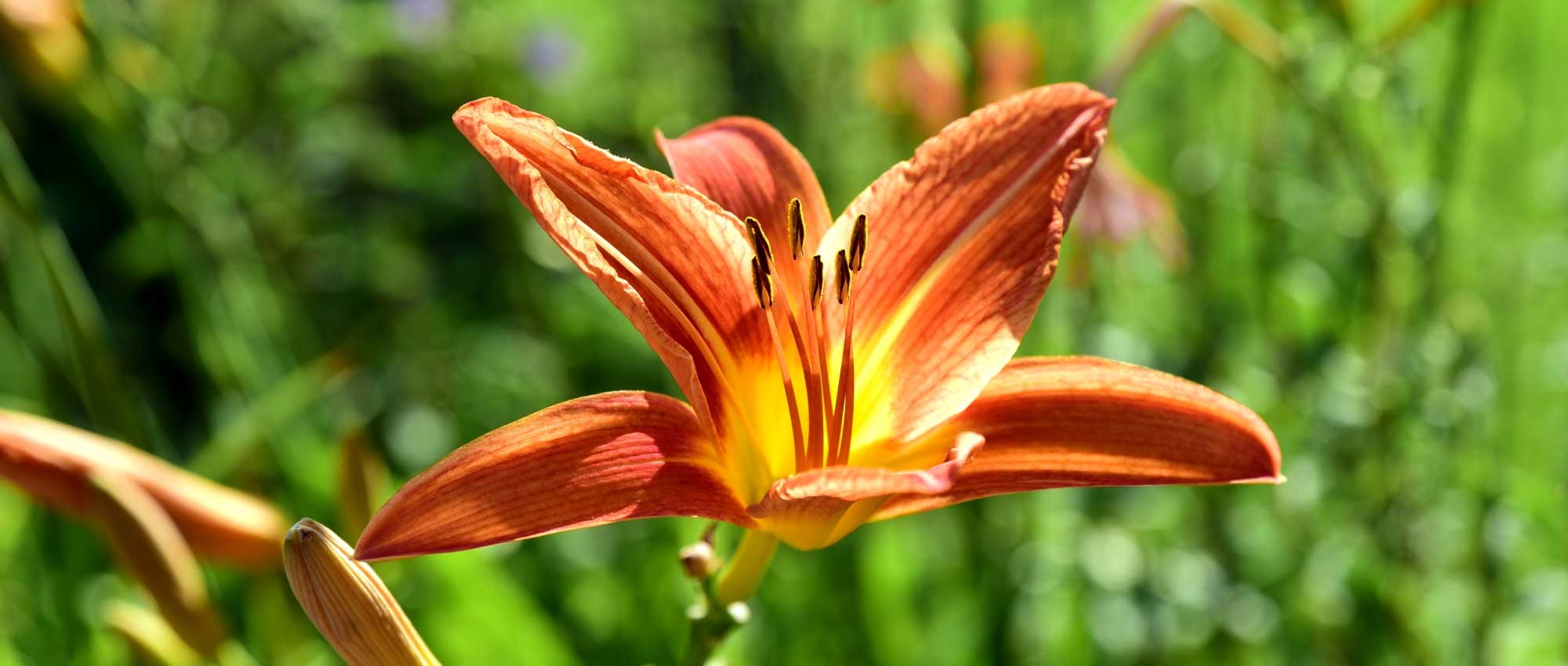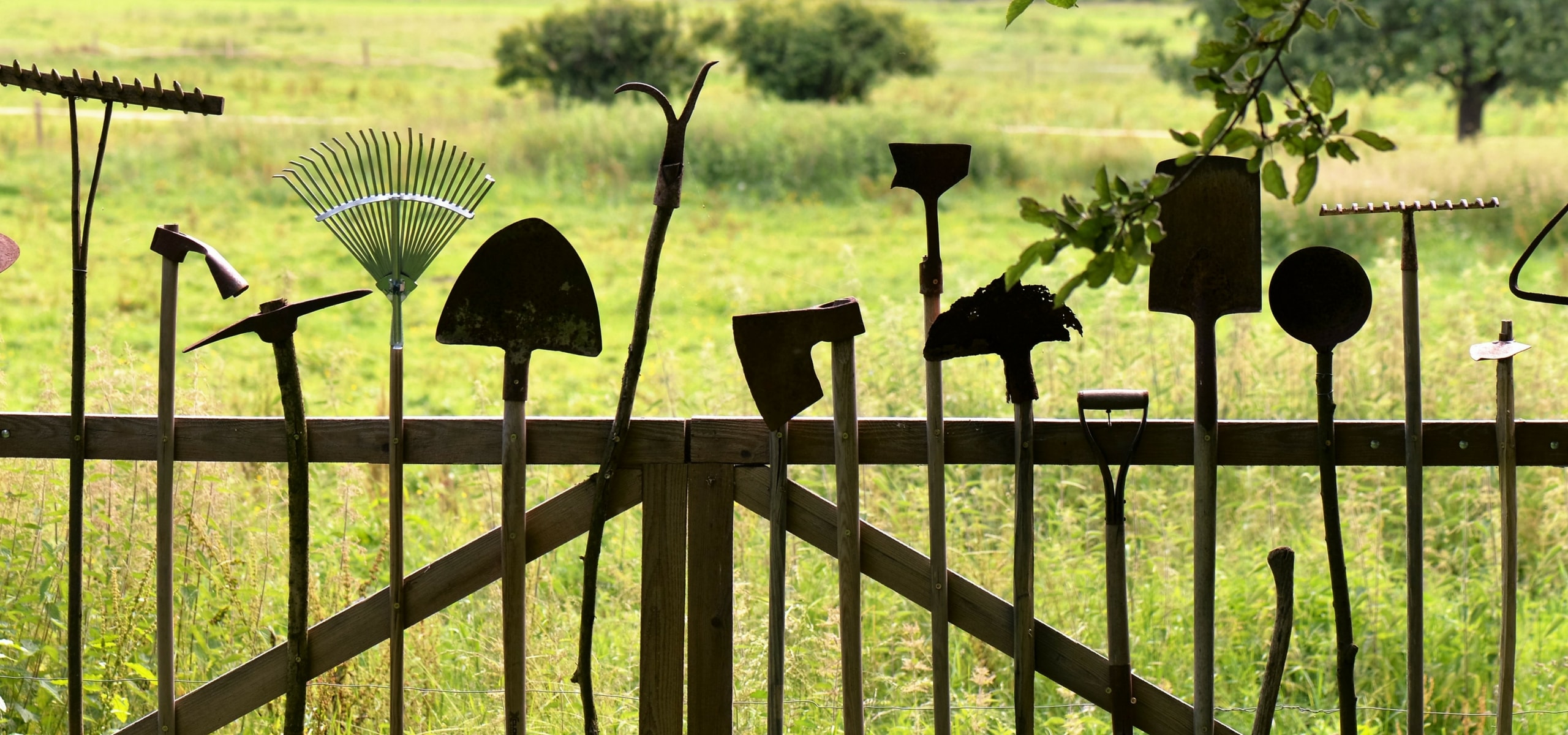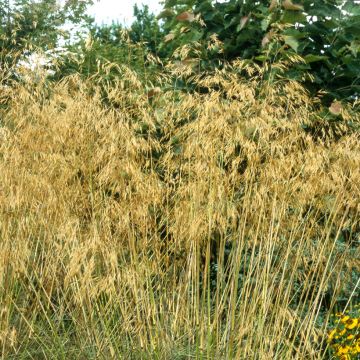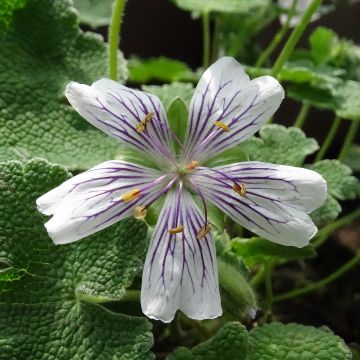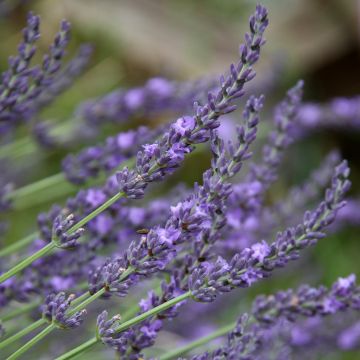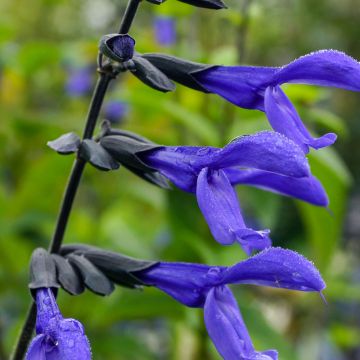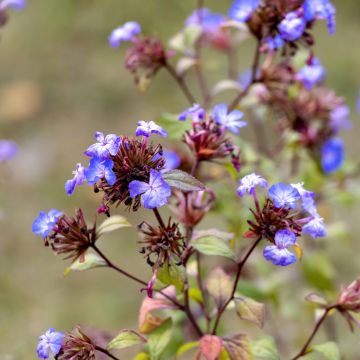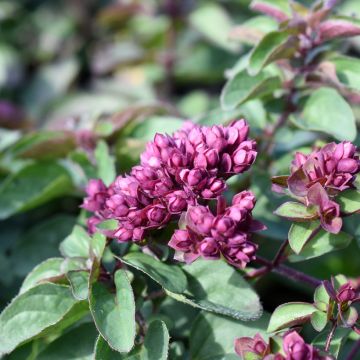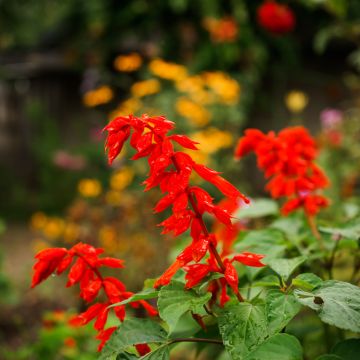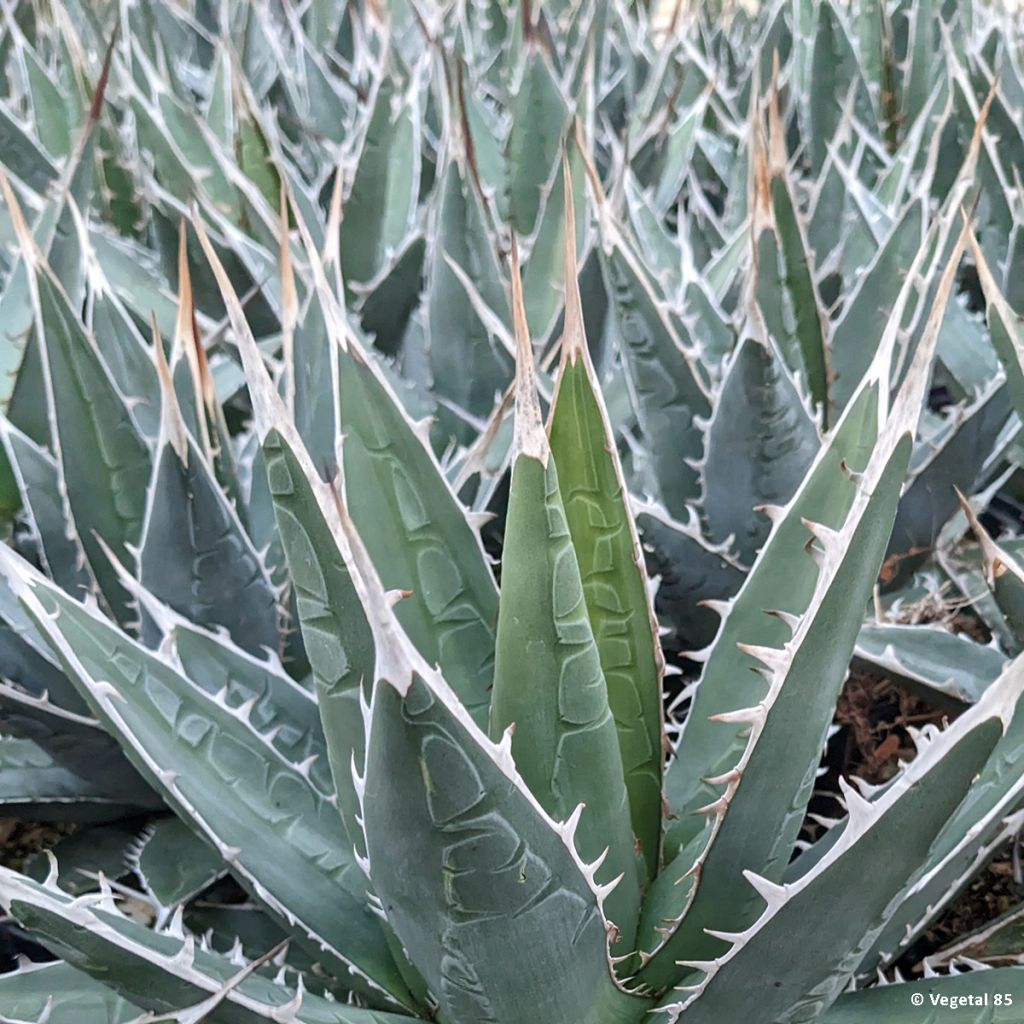

Agave kerchovei
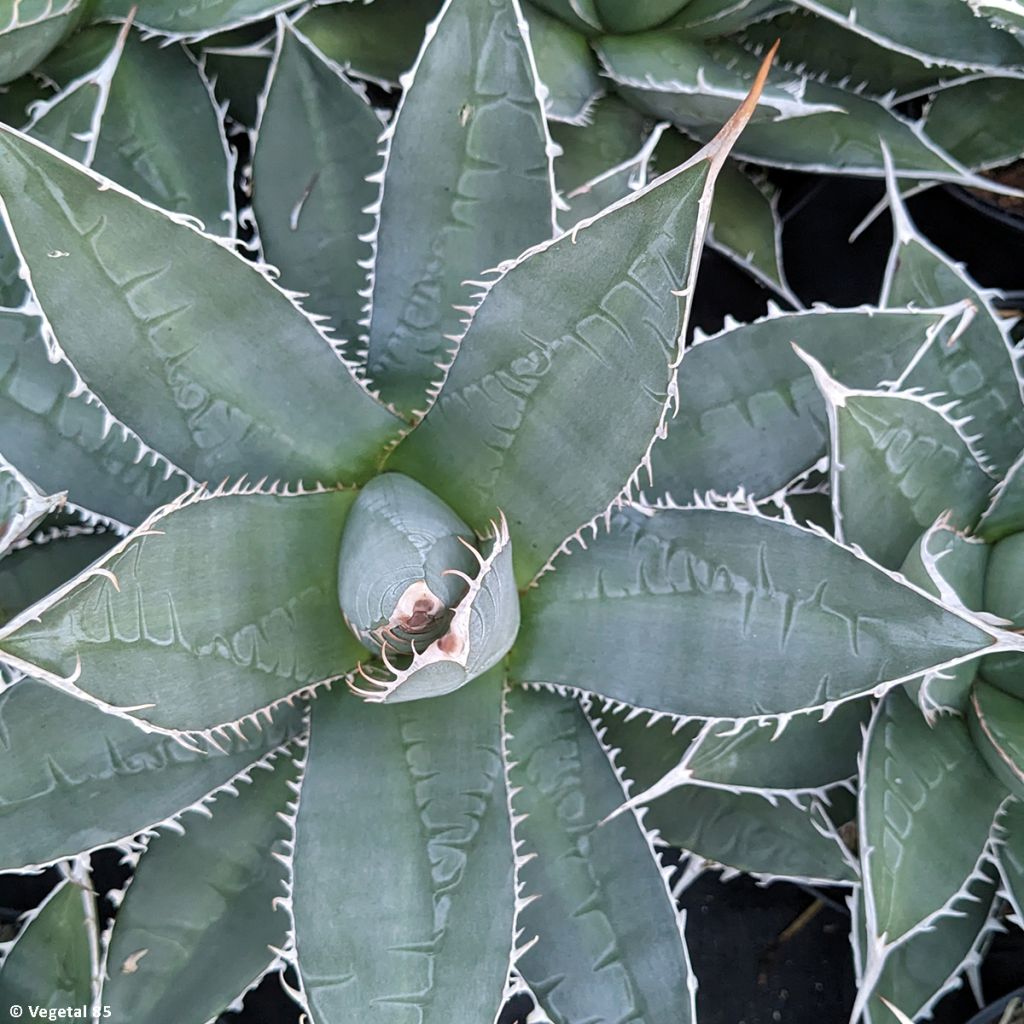

Agave kerchovei
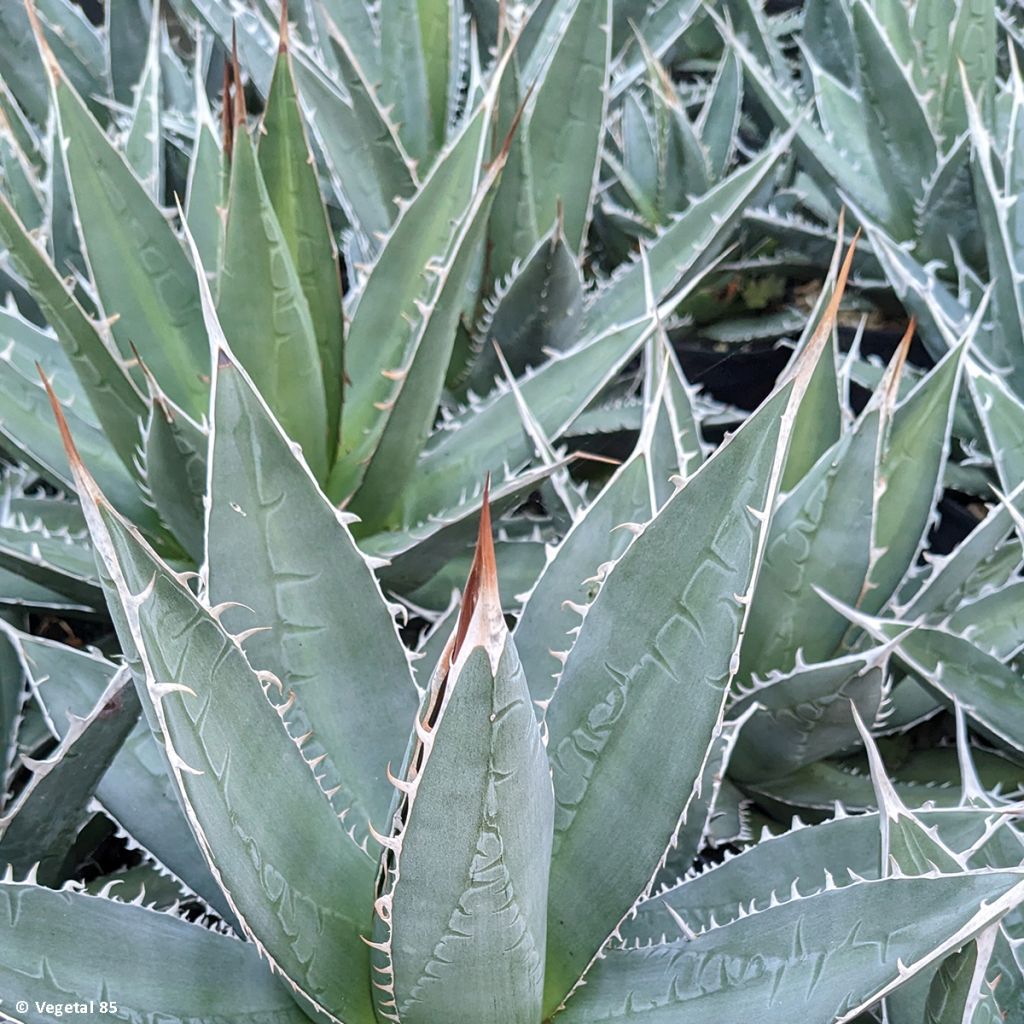

Agave kerchovei
Agave kerchovei
Agave kerchovei
Special offer!
Receive a €20 voucher for any order over €90 (excluding delivery costs, credit notes, and plastic-free options)!
1- Add your favorite plants to your cart.
2- Once you have reached €90, confirm your order (you can even choose the delivery date!).
3- As soon as your order is shipped, you will receive an email containing your voucher code, valid for 3 months (90 days).
Your voucher is unique and can only be used once, for any order with a minimum value of €20, excluding delivery costs.
Can be combined with other current offers, non-divisible and non-refundable.
Why not try an alternative variety in stock?
View all →This plant carries a 12 months recovery warranty
More information
We guarantee the quality of our plants for a full growing cycle, and will replace at our expense any plant that fails to recover under normal climatic and planting conditions.
Does this plant fit my garden?
Set up your Plantfit profile →
Description
Agave kerchovei is a Mexican botanical species of medium size and slow growth. This plant forms a rosette of medium green to greyish stiff leaves, with a slightly lighter midrib on top. Very elongated and not very wide, the leaves give an airy appearance to the rosette. Garnished with grey spines on their edges, they end in a tapered point. Relatively hardy, this species will withstand temperatures around -12°C (10.4°F) in well-drained soil, which allows it to acclimatise in many regions. In colder areas, it will be possible to cultivate it in a large pot to protect it from frost in winter.
Agaves are part of the Asparagaceae family (formerly Agavaceae), just like yuccas or tuberose. There are about 270 species of agaves that grow naturally in Central America and the Caribbean (Mexico, Guatemala, Cuba, Antilles), further south in Colombia, and further north in the United States (California, Arizona).
Agave kerchovei is native to the south of the Sierra Madre Oriental, a mountain range that begins at the border with Texas and stretches for over 1300km (808mi) to the south. Arid at higher altitudes, the climate south of this mountain range is more humid, with annual rainfall exceeding 500mm (20in) and sometimes reaching 800mm (32in). This species coexists with other succulent plants such as columnar cacti, Neobuxbaumia, and other plants adapted to this hot climate.
This slow-growing perennial reaches about 1.2m (4ft) tall and 1m (3ft) in diameter when fully grown. Relatively few in number in the juvenile stage, the number of leaves increases regularly with age, and in very old individuals, it can reach a hundred. The leaves are generally medium green, but there are darker variants, including green-grey and even a bluish clone. Curiously, the leaves partially turn reddish-purple when the plant is stressed. Mainly very stiff and straight, erect towards the sky, the leaves can also arch slightly, giving a visual flexibility to the large rosette. Their upper surface is often marked with a discreet slightly lighter midrib, while they are adorned with a grey-white margin all around. Sharp teeth of the same colour, which can measure more than 2cm (1in), are distributed quite sparsely along the edge. These spines are frequently curved or sinuate, but can remain neatly perpendicular to the leaf blade. In any case, they add to the ornamental character of this agave.
It can produce basal offsets. Some individuals do not produce any offsets, while others regularly produce them throughout their life. This allows them to survive flowering, which marks the end of the main plant after many years of cultivation. A huge and spectacular flowering stalk several metres tall develops, bearing dozens of yellow flowers. The rosette, referred to as semelparous, dies after this flowering, which lasts several months.
In mild climates, Agave kerchovei will find its place in a large rock garden, a south-facing slope, or in a dry garden, where its silhouette will create an exotic scene. Plant it with other plants from arid regions, such as Yucca aloifolia, which quickly forms large and magnificent specimens when they bloom with large spikes covered in white bells. Of more modest size, but with an equally attractive flowering, Hesperaloe parviflora 'Rubra' is an excellent perennial for dry areas, with a tuft of slender leaves adorned with graceful flowering spikes in a delightful salmon-red colour. And to enjoy a beautiful yellow flowering, add Aloe striatula, a species with astonishing hardiness and relatively fast growth, which will give you a magnificent clump in a few years.
Agave is an edible plant, used in Mexico to make mescal, an alcoholic beverage obtained by fermenting its sugar-rich juice. It is also used in traditional medicine in Mexico, Brazil, and India for its supposed anti-fungal properties. The inflorescences are highly attractive to many pollinating insects.
Agave kerchovei in pictures
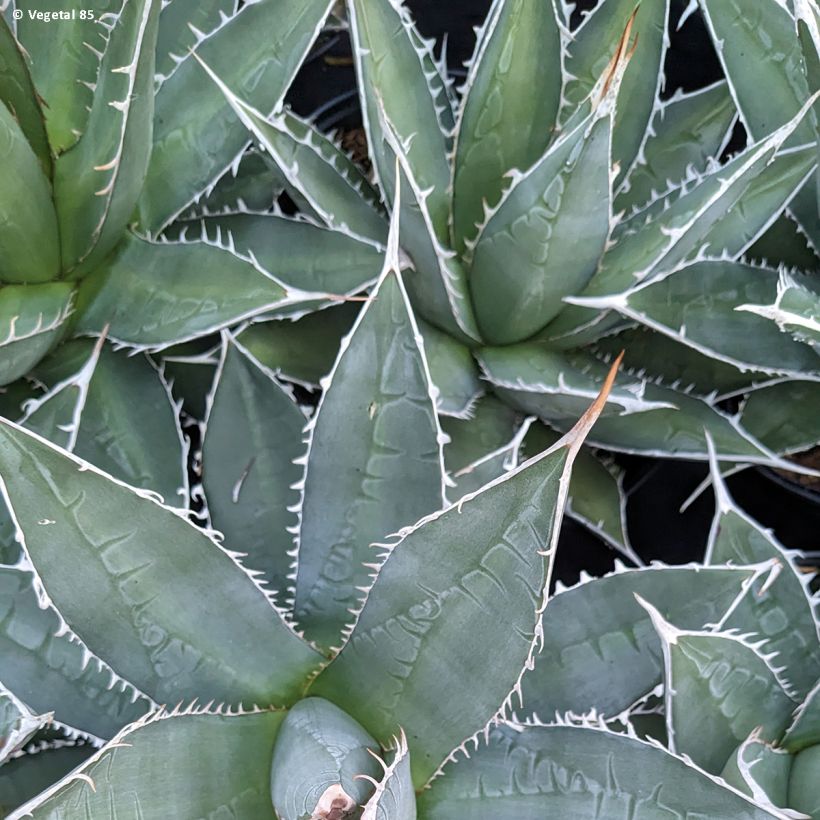

Flowering
Foliage
Plant habit
Botanical data
Agave
kerchovei
Agavaceae
North America
Other Agave
View all →Planting and care
In mild areas, plant Agave kerchovei in the ground, in full sun, on a slope or a dry embankment, in preferably poor, rocky, sandy, well-draining soil, whether it's limestone or not. It doesn't tolerate winter humidity and cold well, but it handles dry cold much better. As it tolerates dry soils well in summer, you can consider digging a 50cm (20in) hole, filling it with a mixture of stones and light soil, and planting the agave in it, with the collar isolated from stagnant water. Abundant but spaced watering will suit it perfectly to help it establish. The drier the soil in winter, the more it will resist frost, up to around -12°C (10.4°F).
In harsh climates, it can be grown in a large pot or container on a terrace. Use a light substrate such as cactus soil, with particularly careful drainage, in a preferably terracotta container. It will then be possible to store the pot away from heavy frost and humidity, in a bright, well-ventilated, minimally heated room (between 0 to -5°C (32 to 23°F)). Reduce or even stop watering in winter. The plant can spend the summer season, from April to October, outdoors. When you take it out, gradually acclimatise it to the sun to avoid leaf burn. It should be placed in partial shade for 2 to 3 weeks before facing full sun.
Wear protective gloves when handling this plant, as its spines are formidable!
Planting period
Intended location
Care
Planting & care advice
This item has not been reviewed yet - be the first to leave a review about it.
Similar products
Haven't found what you were looking for?
Hardiness is the lowest winter temperature a plant can endure without suffering serious damage or even dying. However, hardiness is affected by location (a sheltered area, such as a patio), protection (winter cover) and soil type (hardiness is improved by well-drained soil).

Photo Sharing Terms & Conditions
In order to encourage gardeners to interact and share their experiences, Promesse de fleurs offers various media enabling content to be uploaded onto its Site - in particular via the ‘Photo sharing’ module.
The User agrees to refrain from:
- Posting any content that is illegal, prejudicial, insulting, racist, inciteful to hatred, revisionist, contrary to public decency, that infringes on privacy or on the privacy rights of third parties, in particular the publicity rights of persons and goods, intellectual property rights, or the right to privacy.
- Submitting content on behalf of a third party;
- Impersonate the identity of a third party and/or publish any personal information about a third party;
In general, the User undertakes to refrain from any unethical behaviour.
All Content (in particular text, comments, files, images, photos, videos, creative works, etc.), which may be subject to property or intellectual property rights, image or other private rights, shall remain the property of the User, subject to the limited rights granted by the terms of the licence granted by Promesse de fleurs as stated below. Users are at liberty to publish or not to publish such Content on the Site, notably via the ‘Photo Sharing’ facility, and accept that this Content shall be made public and freely accessible, notably on the Internet.
Users further acknowledge, undertake to have ,and guarantee that they hold all necessary rights and permissions to publish such material on the Site, in particular with regard to the legislation in force pertaining to any privacy, property, intellectual property, image, or contractual rights, or rights of any other nature. By publishing such Content on the Site, Users acknowledge accepting full liability as publishers of the Content within the meaning of the law, and grant Promesse de fleurs, free of charge, an inclusive, worldwide licence for the said Content for the entire duration of its publication, including all reproduction, representation, up/downloading, displaying, performing, transmission, and storage rights.
Users also grant permission for their name to be linked to the Content and accept that this link may not always be made available.
By engaging in posting material, Users consent to their Content becoming automatically accessible on the Internet, in particular on other sites and/or blogs and/or web pages of the Promesse de fleurs site, including in particular social pages and the Promesse de fleurs catalogue.
Users may secure the removal of entrusted content free of charge by issuing a simple request via our contact form.
The flowering period indicated on our website applies to countries and regions located in USDA zone 8 (France, the United Kingdom, Ireland, the Netherlands, etc.)
It will vary according to where you live:
- In zones 9 to 10 (Italy, Spain, Greece, etc.), flowering will occur about 2 to 4 weeks earlier.
- In zones 6 to 7 (Germany, Poland, Slovenia, and lower mountainous regions), flowering will be delayed by 2 to 3 weeks.
- In zone 5 (Central Europe, Scandinavia), blooming will be delayed by 3 to 5 weeks.
In temperate climates, pruning of spring-flowering shrubs (forsythia, spireas, etc.) should be done just after flowering.
Pruning of summer-flowering shrubs (Indian Lilac, Perovskia, etc.) can be done in winter or spring.
In cold regions as well as with frost-sensitive plants, avoid pruning too early when severe frosts may still occur.
The planting period indicated on our website applies to countries and regions located in USDA zone 8 (France, United Kingdom, Ireland, Netherlands).
It will vary according to where you live:
- In Mediterranean zones (Marseille, Madrid, Milan, etc.), autumn and winter are the best planting periods.
- In continental zones (Strasbourg, Munich, Vienna, etc.), delay planting by 2 to 3 weeks in spring and bring it forward by 2 to 4 weeks in autumn.
- In mountainous regions (the Alps, Pyrenees, Carpathians, etc.), it is best to plant in late spring (May-June) or late summer (August-September).
The harvesting period indicated on our website applies to countries and regions in USDA zone 8 (France, England, Ireland, the Netherlands).
In colder areas (Scandinavia, Poland, Austria...) fruit and vegetable harvests are likely to be delayed by 3-4 weeks.
In warmer areas (Italy, Spain, Greece, etc.), harvesting will probably take place earlier, depending on weather conditions.
The sowing periods indicated on our website apply to countries and regions within USDA Zone 8 (France, UK, Ireland, Netherlands).
In colder areas (Scandinavia, Poland, Austria...), delay any outdoor sowing by 3-4 weeks, or sow under glass.
In warmer climes (Italy, Spain, Greece, etc.), bring outdoor sowing forward by a few weeks.






























